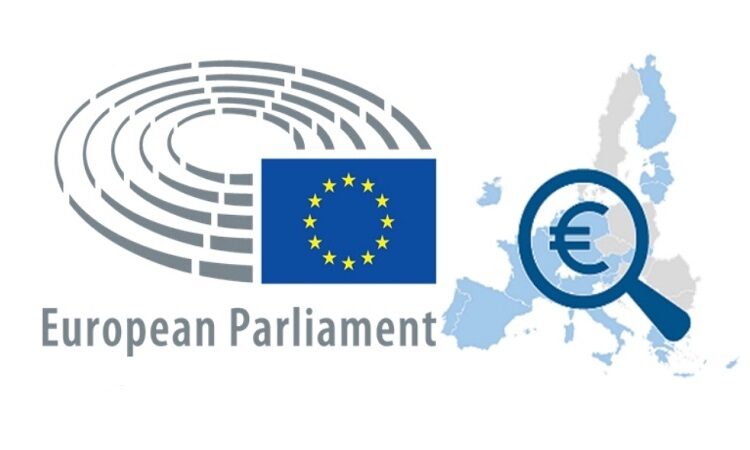This paper provides a summary of the recent Standard & Poor’s (S&P) economic forecast for the euro area (assessing the effects of the COVID-19 outbreak); some recent analyses of the macroeconomic effects of the coronavirus; and some policy recommendations made in the public domain to mitigate these negative effects.
The S&P summary
On Thursday, 26 March, the credit-rating agency Standard & Poor’s (S&P) published an economic forecast for the euro area and the UK, assessing effects from the outbreak of COVID-19.
S&P forecasts that the euro area and UK are facing recessions, expecting GDP to fall on average by around 2% in 2020, due to economic fallout from the coronavirus pandemic, while a gradual rebound of at least 3% is expected for 2021.
That forecast counts in that central banks and governments have deployed unprecedented large fiscal and monetary policy packages to help workers and companies bridge the gap to recovery. S&P considers the swift and bold policy responses taken now to be key to avoiding permanent losses to GDP later.
S&P points out, however, that risks are still to the downside, should the pandemic last longer and become more widespread than envisaged. A lockdown of four months, for example, is thought to lower euro area GDP by up to 10% in 2020.
The overall effect is due to both demand and supply side effects: the unprecedented drop in household consumption is driven by the lockdowns, assumed to last until the end of April, reducing spending by about 40%. On the supply side, disruptions to supply chains and partial labour shortage add to constraints on economic activity.
At the country level, S&P expects to see a somewhat higher impact on GDP (minus 2.6%) in Italy, which has a proportionally high rate of COVID-19 infections, than in most other euro area countries (minus 2% on average). S&P expects the GDP of Germany, for example, to shrink by 1.9%, marginally below the average.
Read the full document here (external link opens pdf 645KB on European Parliament website)

